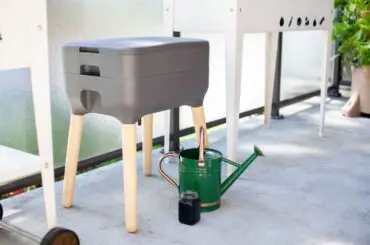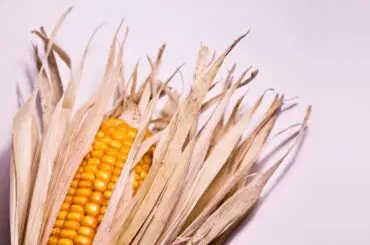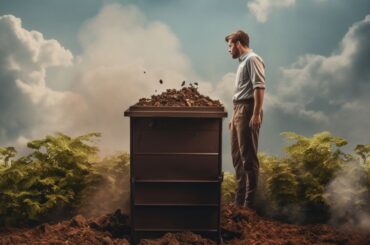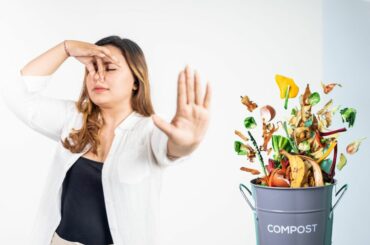So you have your correctly sealed compost bin and you have thrown in your organic material. Then you get to looking at the ingredients of your “leftovers” and think…”hmmm, I don’t know if I should be putting that in.” How do you avoid compost-fail? Here is our guide to what not to put in compost.
Compost is one fine way of amending the soil organically. Most importantly you could consider this as an ecofriendly way of fertilizing your crops. But, you cannot use all the waste into the compost pile.
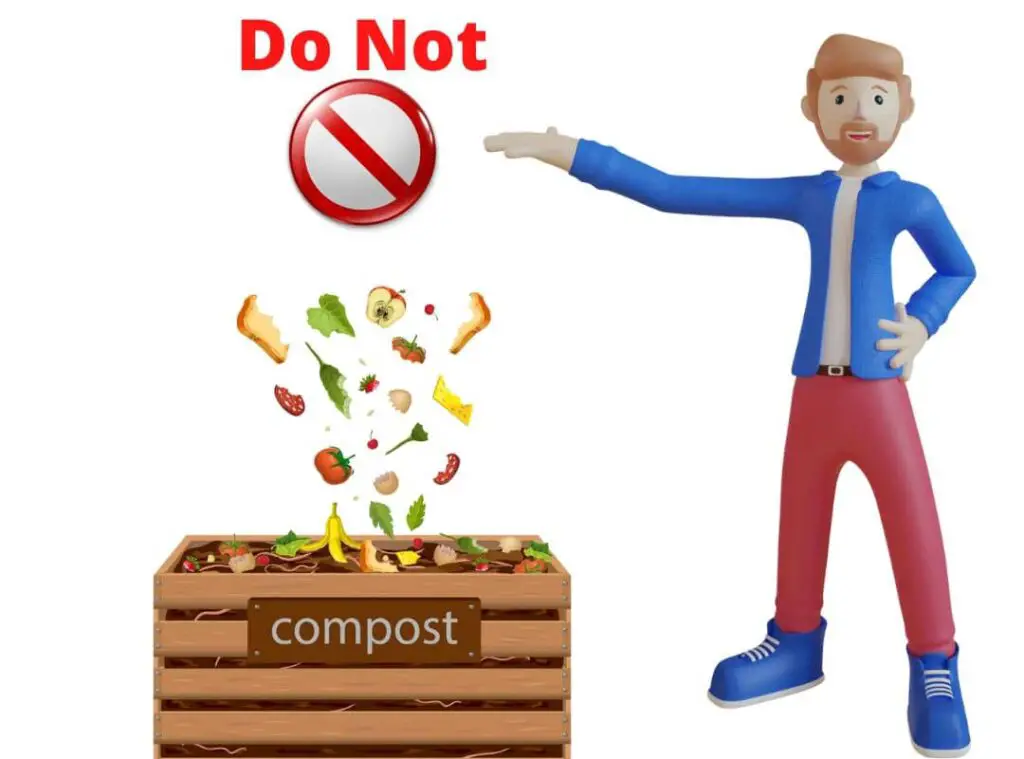
If you end up using the wrong item in the compost pile. It would result in an inefficient biodegradation process. Chances are that it may even contaminate the compost pile . Ensure that you avoid using chemicals and other dangerous substances into compost piles and it is a well known fact.
Additionally, you might be surprised to learn that some substances cannot be used for composting. For example, you need to avoid using oil, grease, charcoal ash, some vacuum cleaner dust and even oil for the composting process.
What is composting?
Contents
Before going into what not to compost, I like to introduce what is compost to the beginners. Those who know how to compost can skip this part. Composting is a procedure where you will decompose raw plants and animal matter into a rich, fertile humus which you could use for gardening purposes.
It is more like an aerobic process where heat, oxygen and moisture would create an environment which would breakdown the organic matter. Ultimately you will get a product which is rich in nutrients, dark in color and with a pleasant smell. Most importantly it is free.
Benefits of compost
- Compost is crucial in building the soil.
- Further it would improve the soil health and act as a fine fertilizer as well.
- it would encourage the earthworms and other microorganisms as well.
- In addition to that it would balance the pH level of the garden and provide a good aeration for the soil as well.
- Moreover, compost is quite beneficial in improving the drainage and retaining water and nutrients too.
- Lastly it would help you to reduce the wastage and transform it into some valuable resource as well.
How to compost at home
There are so many ways of composting at home. For example, you could use hot pile composting, cold composting, trench composting, sheet composting and lastly vermicomposting methods. All these methods are fairly simple to do. All you need to ensure is that you are applying the right materials for this process.
Why are some things bad for the compost?
Most of the organic matter would decompose and there are some things which would not decay. Further they would impact on the other material which is left in the compost piles. Not only that but also, they can introduce pathogens and other harmful substances which would ultimately result in contamination in the soil, water.
Further if you apply them on the plants which you may consume, they may end up contaminating those crops as well. Lastly, they may also attract unwanted critters such as mice, rats, raccoons and even stray dogs too.
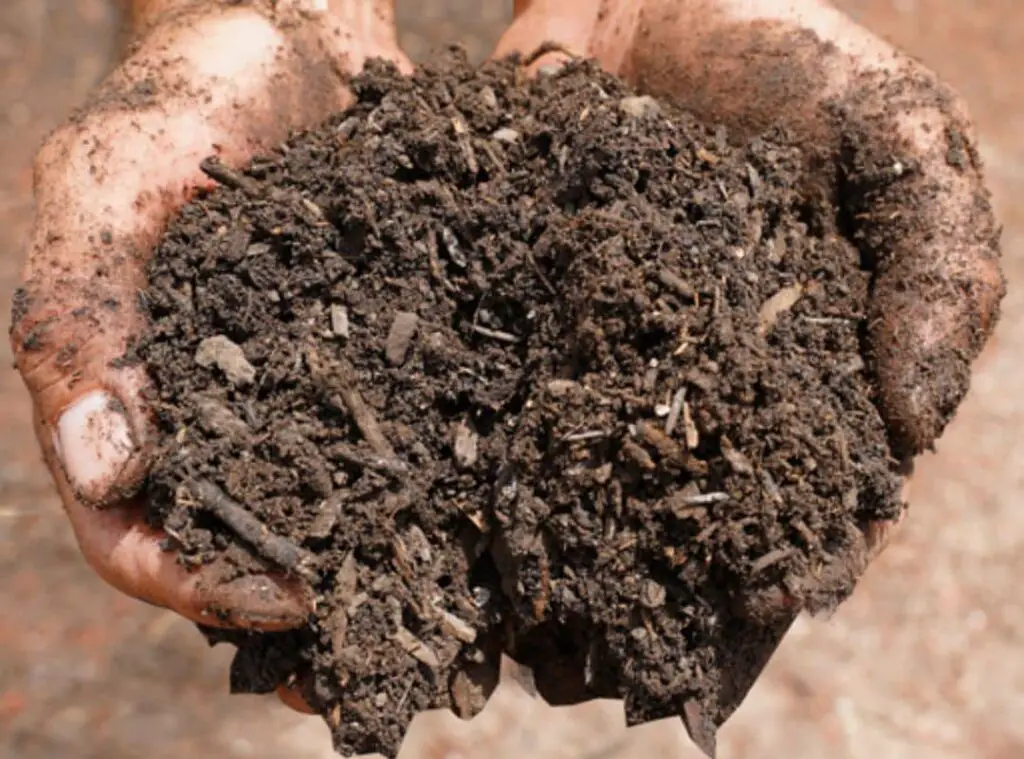
What not to put in compost?
Regardless of the composting method you use, you need to avoid using certain elements for the composting process.
In general context, you should avoid using elements which are not organic. In other words you need to refrain from using elements which are not compostable or biodegradable. So following are some of the things which you need to avoid when doing composting.
01.Chemicals
First on the list on “what not to put in compost” is chemicals. Do not ever use any materials which contain chemicals for composting. For example, never use fertilizers, herbicides or pesticides. These products could be harmful for your garden.
It is noteworthy that you need to avoid using chemicals such as cleaners, non-organic soap automotive products and all the other harmful elements which you may suspect may contain chemicals.
02. Plastics
As you may already know plastic is not a biodegradable item and due to that they would not decompose. Instead of decaying they would tend to stay intact in your compost and enter the garden. Ultimately, they would end up depositing harmful substances which you could never get rid of. Keep in mind that a single plastic bag can take 1000 years for the decaying process.
So, best is to avoid using them for your gardening purposes. In addition to plastic you need to avoid using other Inorganic materials, such as Polyester, Plastic, Acrylic, Rubber etc. too.
03. Dog feces and cat feces
There are some manure which you could use for the composting process. For example, you could use chicken manure, goat manure, cow manure, horse manure and rabbit manure for composting. However, you need to avoid using feces and urine from non-herbivores. Cat and dog poop may come up with pathogens and parasites which could be harmful for both people and for animals.
Extreme warmer temperatures could kill those pathogens. However most of the compost piles don’t generate sufficient heat levels to kill those pathogens and they would end up landing in the soil at the end. If you really wish to use dog and cat poop for the composting process, you could go ahead with composted pet wastage to do this task.
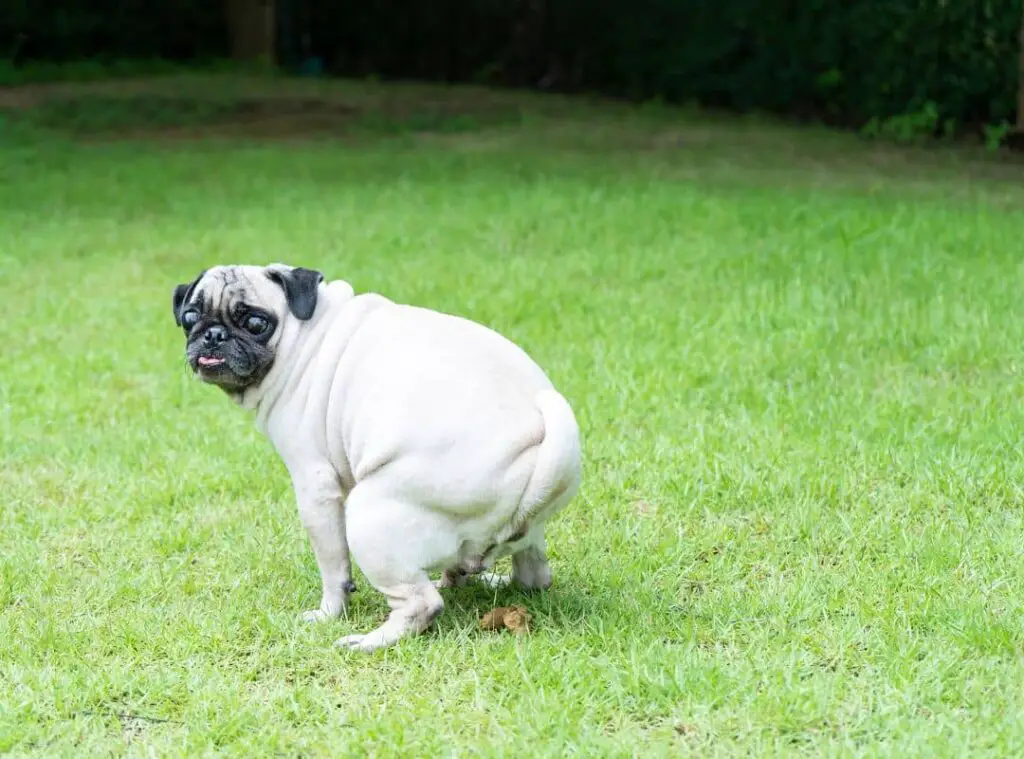
04. Human Feces
Just like with dog and cat feces, you should not ever use human feces also in the compost piles. They also don’t have any room in the compost piles. If you desire to use human feces, you need to get a certified composting toilet which would do the needful for you. However I urge you to avoid applying them on your crops which you may consume and on your flowering plants as well.
05. Citrus peels
Many people put citrus peels into composting but you need to avoid that. But, you could use citrus peels in small quantities. If you use citrus peels in larger quantities chances are that it may create unwanted issues in the compost pile. Citrus peels contain natural chemicals and they could factor in changing the ph. of your compost.
Eventually they would be life threatening for the beneficial worms and for other microorganisms as well. Lastly, citrus peels want a longer period to break down as well. So, always try to avoid using large quantities of citrus peels as much as you can.
06. Some Tea Bags
If we consider the tea bags as a whole, many of them are made out of biodegradable materials. That said, there could be some tea bags which have been made of plastic and you need to refrain from using those. However, if you are unsure whether those bags are compostable or not, you could simply take the tea out of it and then use it for composting.
Further keep in mind that many tea bags come with strings, tags and other tiny staples and you could use them for composting without any hassle as they would disappear once the compost pile heats up.
07. Rice
It is not good to use rice for composting because rice obstruct the decomposition by clumping. Furthermore, rice would attract annoying animals such as rodents and grow harmful bacteria. However you may come across these issues only if you apply rice in larger quantities in a poor composting pile only.
It is very unlikely that you will have extra rice left after a meal so, most of the time you will end up applying only a small quantity of rice. On another note, the heat levels would anyway kill these harmful organisms which may prevail in the rice. On the other hand, if you apply rice for a cold compost, once you make it sit for about 120 days, those pathogens would demolish.
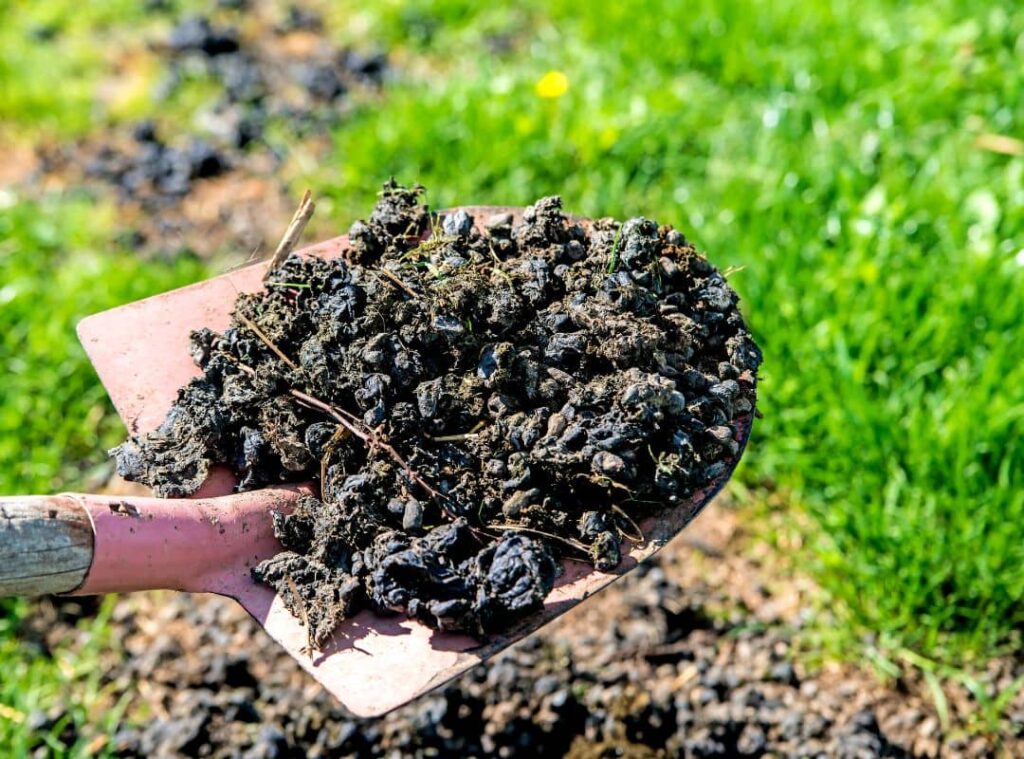
08. Diseased Or Insect-Infested Plants
If you figure that your plants have been subjected to any bacterial or fungi infection, I suggest you avoid adding those plants to the compost.
In simple words, avoid adding any of the deceased plants for composting. There is a high probability for these diseases to prevail in the compost and chances are that they would end up harming your crops once you apply them.
09. Hay
Straw acts as a great source of carbon for your compost. However hay is somewhat different to straw. Straw is more like the chaff left which you could obtain from the grain crops. On the other hand, hay is more like the grass which is cut and dried once it is in its peak nutrition.
Hay usually has a variety of grass and weed seeds which could stay in compost for a longer period. Further it could be very troublesome especially during spring during the germination.
10. Onions And Garlic
I don’t recommend using onions and garlic in larger quantities as they could cause problems in compost. That said, you could use moderate quantities of onions and garlic for the composting process, and it is safe to use those.
These are natural insecticides and when you apply them in larger quantities, they would act as effective repellent for bugs and for earthworms.
11. Glossy Paper
Paper is crucial in supplying carbon for the garden. However glossy paper may often contain plastic coating which would not break down in the compost pile. So, they don’t have any place in the compost pile. Further if there is paper which has color ink, you need to avoid using them as well.
12. Produce Stickers
The stickers on the fruits and on the vegetables are edible. However they are made from non-decomposing materials such as from plastic.
13. Meat And Fish
Avoid placing meat, fish bones or even fat in compost. If you do so, it would make the compost pile more attractive for the animals. In fact the rotting smell of those meat items is not going to help you in any aspect.
For example, it would be quite unpleasant for you to deal with the compost pile. Further the temperature in the compost pile would not be adequate to kill the harmful bacteria.
14. Deceased Animals
Suppose you are growing animals, then it literally means they will perish at some point. One might think you could simply dispose of them by throwing them to the compost pile, but that is not the proper way of doing it.
However, there is some specialized equipment which you could use to compost the deceased animals. For example, chicken farms have these equipment but in controlled environments to do this task. You cannot replicate those in a regular home garden though.
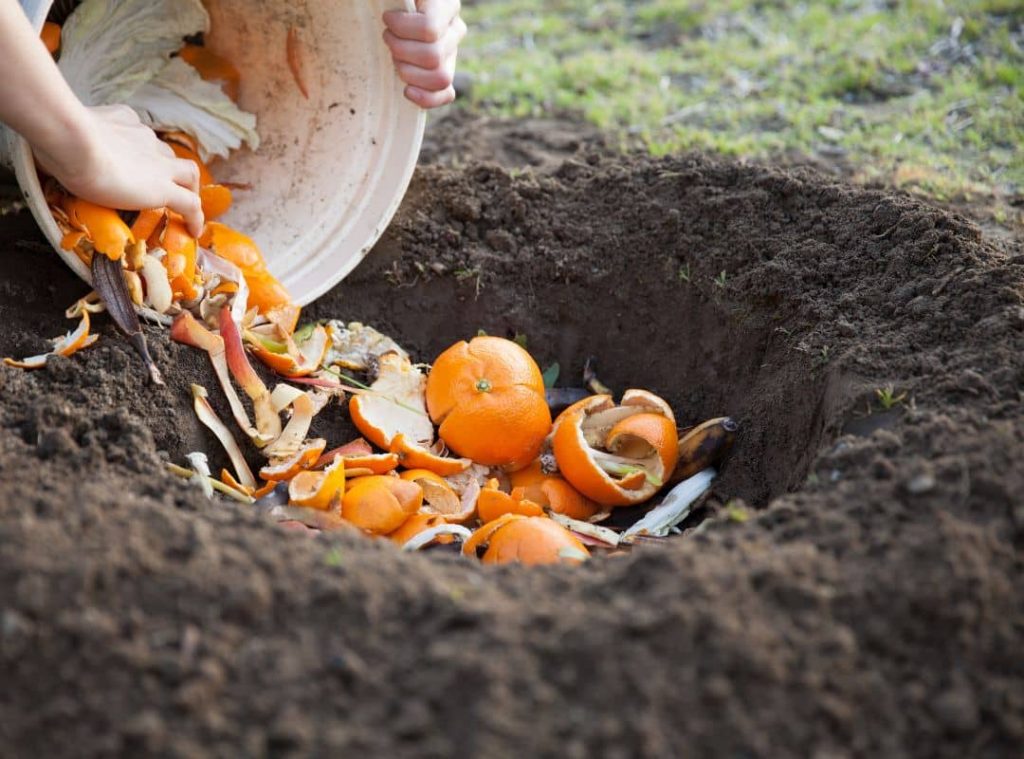
15. Treated wood
Treated wood usually has chemicals which could sometimes even cause serious illness such as cancers. So, don’t ever put the treated wood for composting. Further they end up inhibiting the plant growth as well. on another note, you need to avoid using painted, stained and varnished wood also.
16. Large Branches or Pieces of Wood
Do not use large branches or pieces of wood such as logs, branches or lumbers as they would take a longer time to decay. So, it would delay other materials also decaying in the compost pile. However, if you have large branches, you could make use of them for your landscaping purposes and to make borders.
17. Feminine Hygiene Products
Almost all the hygiene products are made from plastic which is a non composting material.
18. Diapers
Just like the feminine hygiene products, diapers are also made of plastic. Further you should avoid using reusable diapers as well. However they also contain plasticized coating which would not be effective to use for the composting process.
19. Invasive Plants
if you are owning a garden it is a common sight to spot invasive plant species which could be quite naval to you. Chances are that they may unbalance the ecosystem as well.
You can have a further check on what these invasive plants are with authorities such as municipalities and avoid using them in your composting piles. If you end up using them in your compost piles, those weed seeds would stay alive in the compost and end up re infesting your garden.
20. Fabric
Most of the fabric may contain dyes and chemicals or even polyester which you need to avoid composting. That said, you could use raw organic fabric as they would play a major role in providing carbon for the compost pile.
21. Food packaging
Majority of all food packages are more like food grades. However, most of those materials could be either plastic or plastic derived substances which you cannot use for the composting process.
22. Cigarette butts
cigarette butts contain harmful chemicals. Further, those cigarettes but raw material would be plastic most of the time.
So, if you think of disposing those in compost piles thinking that they would compost, it is a myth. That said, keep in mind that you could compost untreated tobacco but not cigarette butts.
23. Leather
Leather is high in durability and it is very likely that they usually mix with chemicals and then form the final product of leather. Furthermore, it would take a longer time for decaying as well. Once they break down they can release the chemicals to the soil too.
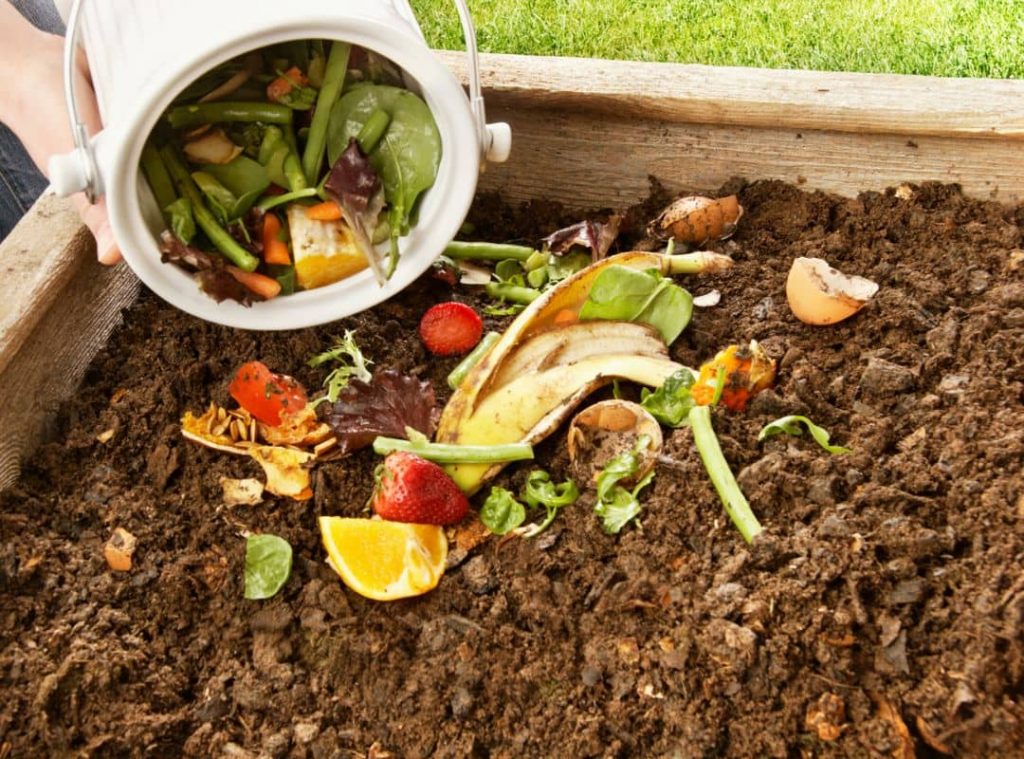
24. Tomatoes
You could use tomatoes for the composting process. Having said that, I urge you to avoid using tomato fruits as if you do so, you could spot tomato plants appearing in your garden on a large scale once you apply the tomato fruit mixed compost.
25. Dryer lint
Some may recommend adding dryer lint to your compost pile. However There could be some who don’t recommend doing that.in my opinion it is best to avoid using them.
The reason behind that is, dryer lint may comprise of plastic which you cannot use for the composting process. That being said, if you are sure that dryer lint is from cotton clothing, you could go ahead with using them for the composting piles.
26. Bakery products
The best would be to avoid using bakery products such as cakes and pastries as the pests, insects and animals would be quite fascinated towards them and end up obstructing the composting process. However you could use bread slices or even pasta for composting given that you bury them deep in the compost pile. That way it would not attract unwanted animals.
27. Vacuum dust
Vacuum would usually comprise various items be it plastic items or non-natural products. So, carpets are made out of synthetic materials and when you vacuum, particles of those synthetic materials would end up landing in your compost pile which would be unhealthy.
28. Cooking oil
if you add cooking oil to the composting pile, it would slow composting speed. Further the smell of the cooking oil could be attractive towards the animals and for the insects also. Further it would imbalance the moisture level of the compost too.
29. Dairy products
I don’t recommend using dairy products such as milk, butter, sour cream, yogurt and even cheese and the pests and rodents are fond of attacking those. So, don’t use any other food item which contains dairy as well.
30. Bioplastic Packaging
There could be some biodegradable packages which come up with the tag stating biodegradable packaging. However, many of these items are compostable in industrial and not at home atmospheres.

31. Used Personal Items
Do not use any of the personal items like tampons and diapers. In fact they may contain human fluids and some health hazardous elements which could be unhealthy in the composting process.
32. Synthetic soaps
Avoid using soap in your compost unless they are classified as biodegradable. Ideally what you could do is collect the leftover soap and melt them and make a new soap out of it.
33. Coffee bags
Just like tea bags, you need to add only the leftover coffee to the compost piles. Those coffee bags may contain synthetic fibers which would not break down in the compost piles.
So, the best would be to refrain from using them unless you are absolutely sure that those bags are compostable. For example, if the bags are made of hemp or cotton you could use them to do this task.
34. Lawn Trimmings Recently Treated with Chemicals
There is a high probability for lawn trimmings to contain chemical treatments. So, when you mix them in your compost pile, it could interrupt the composting process. Usually gardeners tend to treat the lawns with high concentrations of pesticides, herbicides.
35. Synthetic Fertilizer
Synthetic fertilizers may make an impact on the nutrient balance in the soil mix. further chances are that it may even increase the salt level in the soil as well.
36. Pretty Much Anything That is Poisonous
Make sure that you avoid using poisonous materials as it is obvious to not use such materials.
37. Not Even Torn or Shredded Bits of Clothing
Clothing may contain fiber and they may comprise harmful substances such as chemicals.
38. Coated Cardboard
Many of the cardboard may consist of resin or plastic coating with the purpose of keeping it semi water repellent. However, if you have raw cardboard, you could use them without any worry.
39. Eggs
Eggs are yet another element which could be harmful for the compost piles. So, if you come across any rotten eggs or older eggs don’t straightaway dispose of them in your compost piles. If you do so, pests would feel welcome towards the compost piles.
40. Bread
Bread usually comprises multiple nutrients which could be beneficial for the finished compost product. However, the bread smell would be quite attractive towards the insects and for the pests. If there are hungry raccoons, wild critters, they would undoubtedly tend to attack your compost pile as they can feed on the bread items.
Apart from this, it would emit a foul smell and your neighbors may even complain about those strong smells. That being said, it is fine to add a tiny crust of bread if you have a massive compost pile and bury them as much as you can.
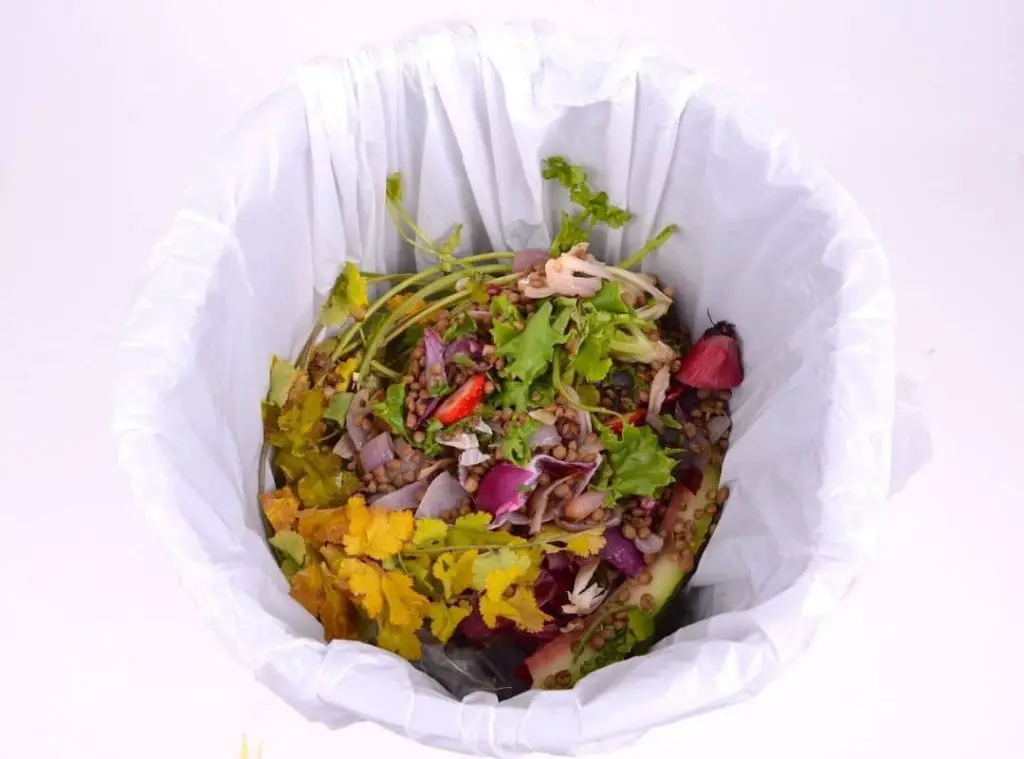
41. Fat Based Condiments and Foods
I don’t recommend applying fat based condiments and food items such as peanut butter and oily salads as they cannot decay just like the cooking oil.
Besides, they would make the pests enchanted toward your compost piles. This would also imbalance the moisture levels in the compost pile. As such, I encourage you to avoid using those in your precious compost piles.
42. Black Walnut Tree Debris
it is true that you could use untreated yard waste on your composting pile. However black walnut leaves, twigs could be an exception here. In fact they contain a substance called juglone.
It is a natural substance which could badly affect most of the plant’s growth. In fact, it could even kill the plants too. For example, plants such as tomato, pepper tomatoes are quite responsive towards them. In addition to that plants such as azalea, viburnum, hydrangea which you grow for their ornamental value may also be quite sensitive towards this substance.
However if there are sufficient heat levels in the compost pile, it could make these substances lose their toxicity. That said, there is still some risk for this substance to remain unharmed and contaminate your crops when you apply the compost.
43. Charcoal Ash
you have the option of adding the ash from the wood burning or even from outdoor fire pits. However it is best to not use coal or charcoal coal as they may comprise of sulfur. Sulfur is an element which could increase the acidity of the compost mix. further, there is a probability for the chemicals to have been infused in them which you need to avoid using.
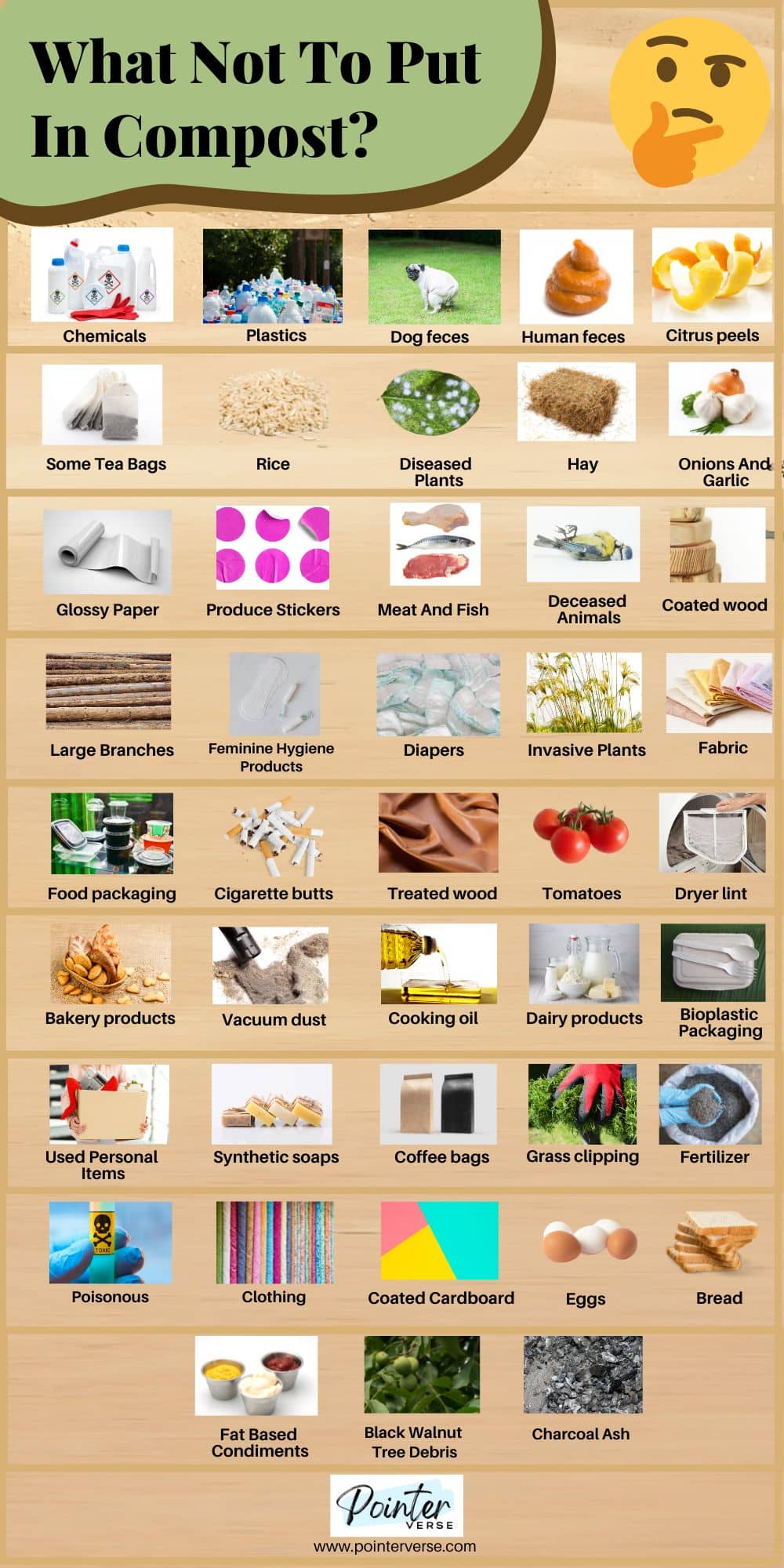
Conclusion on “what not to put in compost”
You might think, the elements which you need to avoid when composting are very long. However, composting is a quite simple process which you would feel so fulfilling when you see the end product. So, I hope by now you have gained a comprehensive knowledge on what not to use for the composting process.
Read Next : Should You Cover Compost With Plastic? (That Depends)

